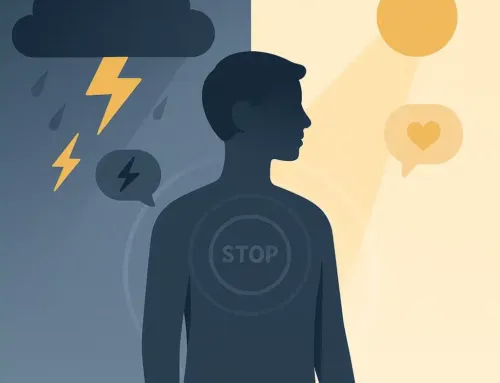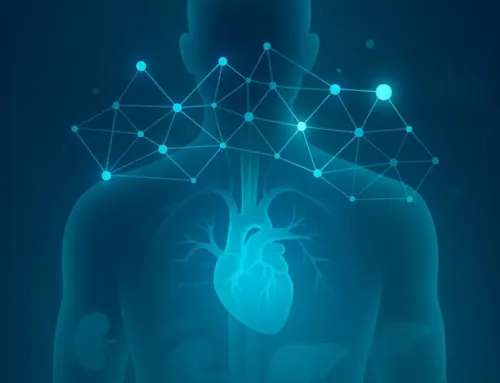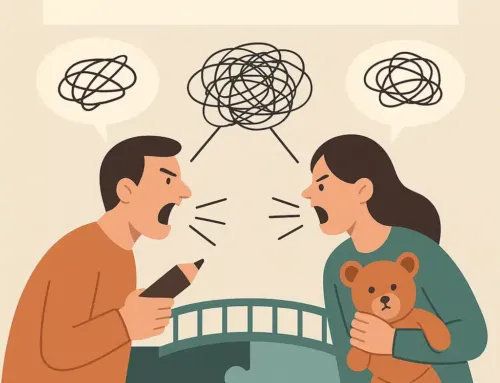
Approx. read time: 5.7 min.
Post: Powerful Post-Therapy Recovery Routine – 7 Essential Steps
The Essential Post-Therapy Recovery Routine: How to Rebuild Your Energy and Protect Your Progress. For many people, therapy is a lifeline. It can bring clarity, growth, and healing. But what often goes unspoken is just how draining therapy can be. Even after a productive session, you might walk out feeling foggy, raw, or emotionally wiped. This isn’t a sign something went wrong. It’s a sign that real work was done.
That’s why having a consistent post-therapy recovery routine is essential. Just like a physical workout requires a cooldown, your mental and emotional self needs space to recalibrate. Here’s a detailed guide to help you recover your energy, stay grounded, and make your therapy truly stick.
1. Cooldown: Give Yourself 10–15 Minutes Alone-Post-therapy recovery routine
Why It Matters:
Jumping right back into a noisy office, a demanding task list, or even social conversations can shock your system after therapy. You’ve just been deep in thought, emotion, and possibly pain. You need time to transition.
What to Do:
- Sit in your car, take a short walk, or find a quiet corner.
- Avoid your phone, social media, or music for this short window.
- Let yourself breathe, stare out the window, or mentally decompress.
How It Helps:
It gives your nervous system a chance to settle. You’re telling your brain and body: We’re okay. That was a lot. We’re not rushing into the next thing.
2. Quick Grounding Practice (3–5 Minutes)
Why It Matters:
Even if you don’t feel overwhelmed, therapy stirs up deep emotions and energy. Grounding helps you come back to your body and the present moment.
What to Do:
- Breathing: Inhale for 4 seconds, hold for 4, exhale for 6. Do this 4–5 times.
- Body Scan: Mentally scan from your head to your toes. Notice and relax tense areas.
- Anchor Phrase: Tell yourself something kind: “I did the work. I’m safe. It’s okay to rest now.”
How It Helps:
This short exercise re-centers you physically and emotionally. It helps you reclaim control over your body and emotions after a potentially vulnerable or chaotic internal experience.
3. Write Down One Key Takeaway
Why It Matters:
Therapy can bring major realizations, but they can fade fast if you don’t capture them. Writing down just one takeaway anchors the session in your memory.
What to Do:
- Ask: What stood out today? What felt like a shift or breakthrough?
- Keep it short: 1–3 sentences max.
- Use your phone notes, a therapy journal, or even a voice memo if that’s easier.
How It Helps:
This keeps your momentum going between sessions. It reinforces your insight and can help track your progress over time. Even small takeaways matter.
4. Refuel: Hydrate and Nourish Your Body
Why It Matters:
You just burned emotional energy. It’s not just in your head—your body feels it too. Skipping hydration or food can make you feel even more drained.
What to Do:
- Drink a full glass of water within 30 minutes after your session.
- Eat something nourishing: Think protein + complex carbs. Examples:
- Toast and eggs
- Yogurt and granola
- A wrap or rice bowl
How It Helps:
Fueling your body helps your brain stabilize. It grounds you in physical reality and reduces the fog or heaviness that can follow intense emotional processing.
5. Light Activity to Reset Your System
Why It Matters:
After therapy, your body might still carry nervous or emotional energy. Light physical movement can help shift that energy and prevent it from lingering as tension or anxiety.
What to Do:
- Take a short walk, even around the block.
- Do some stretching or light yoga.
- Clean or organize a small space in your home.
- Run a low-stress errand like grocery shopping.
How It Helps:
Physical movement gives your brain a break and helps it digest the session passively. It also brings your attention outward instead of getting stuck in internal loops.
6. Plan a Gentle, Feel-Good Moment
Why It Matters:
Therapy can leave you emotionally exposed. It helps to wrap the experience with something positive and comforting—something that tells your brain, life is okay.
What to Do:
- Watch a comfort show or funny video.
- Make a favorite snack or drink.
- Light a candle and read something light.
- Text someone who makes you feel grounded and safe (not someone who will analyze the session with you).
How It Helps:
This step adds emotional cushioning. It reinforces that even after deep emotional work, joy and safety are still accessible.
7. No Big Decisions, No Self-Critique
Why It Matters:
Post-therapy is not the time to make big life decisions or second-guess everything you said. It’s easy to spiral into overthinking. But that doesn’t help.
What to Do:
- Tell yourself: “Therapy is a process, not a performance. I don’t need to figure it all out today.”
- If you find yourself ruminating, redirect your focus gently (walk, journal, or do a task).
How It Helps:
Trust the process. Therapy isn’t about solving everything in one session. It’s about building awareness and momentum. Letting things settle without interference is just as important as what happens in the session.
Bonus Tips for a Smoother Post-Therapy Experience
Build Your Own Recovery Kit:
- Keep a water bottle, snack, journal, and calming object (like a stone or scent) in a small bag you bring to therapy.
Communicate Your Needs:
- If people you live or work with expect you to engage right after therapy, set boundaries in advance. A simple “Hey, I need 30 minutes to myself after therapy” goes a long way.
Track Your Patterns:
- Keep a light log of how you feel after sessions and what recovery strategies work best. You may notice certain types of sessions drain you more and require more recovery effort.
Final Thoughts-Post-therapy recovery routine
Therapy isn’t just what happens in the session. It’s what you do with it afterward that truly shapes your growth. A solid post-therapy recovery routine helps protect your energy, deepen your insights, and make the process sustainable.
You don’t have to do all of this perfectly every time. Even practicing a few of these steps consistently can transform how you experience therapy. Instead of dreading the emotional hangover, you can walk out of your sessions feeling more grounded, capable, and cared for—by your therapist, yes, but more importantly, by yourself.
Related Videos:
Related Posts:
Breaking Addiction to Negative Life Fixes: How to Face Your Demons Without Numbing Out
Child-Parent Perspective Conflict: Understanding and Resolving the Generational Divide
Coping with Childhood Trauma: 10 Proven Strategies for Healing and Growth
AI in Diabetes Treatment and Prevention
10 Revolutionary Breakthroughs Powering a Transformation in Cancer Care









